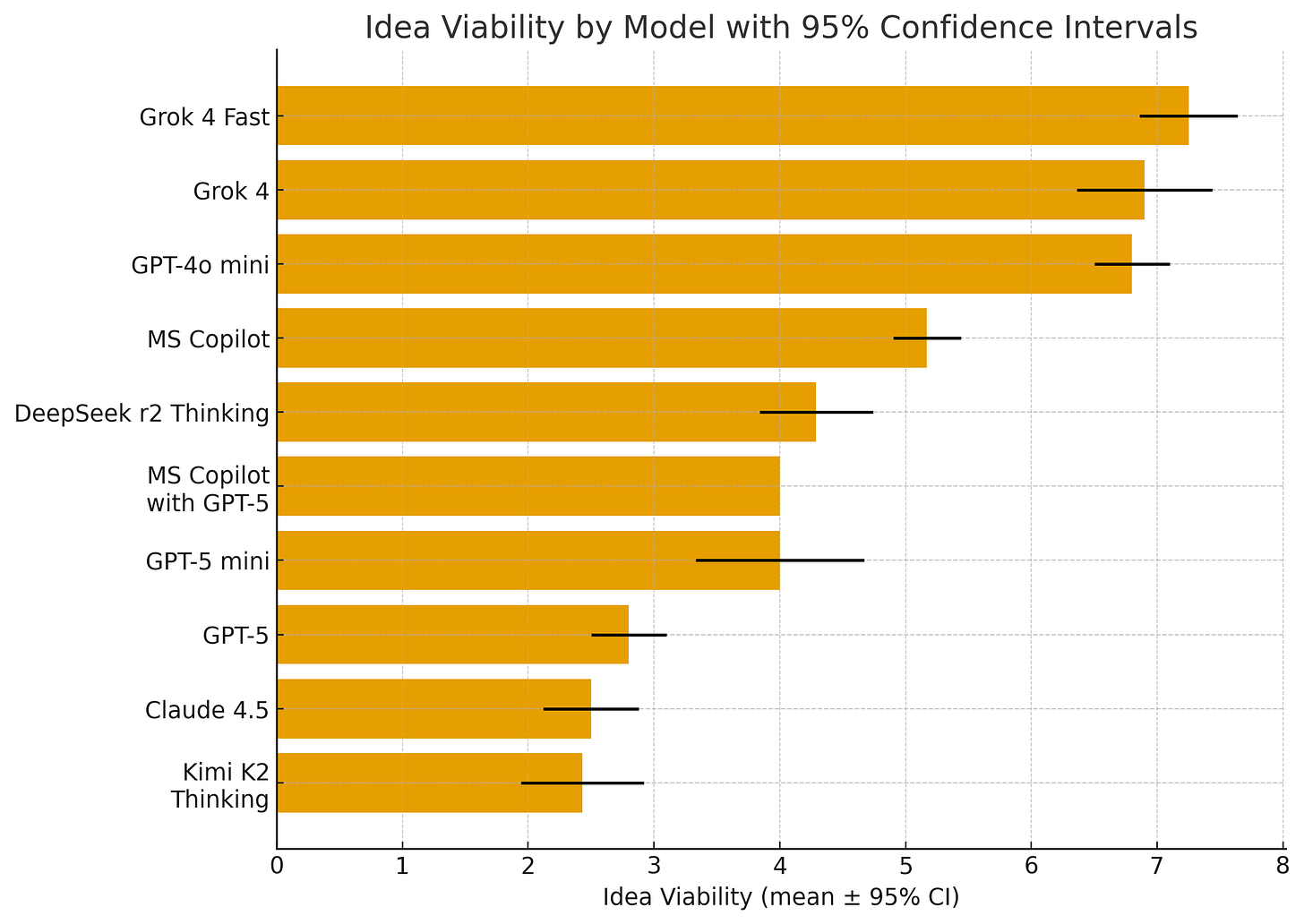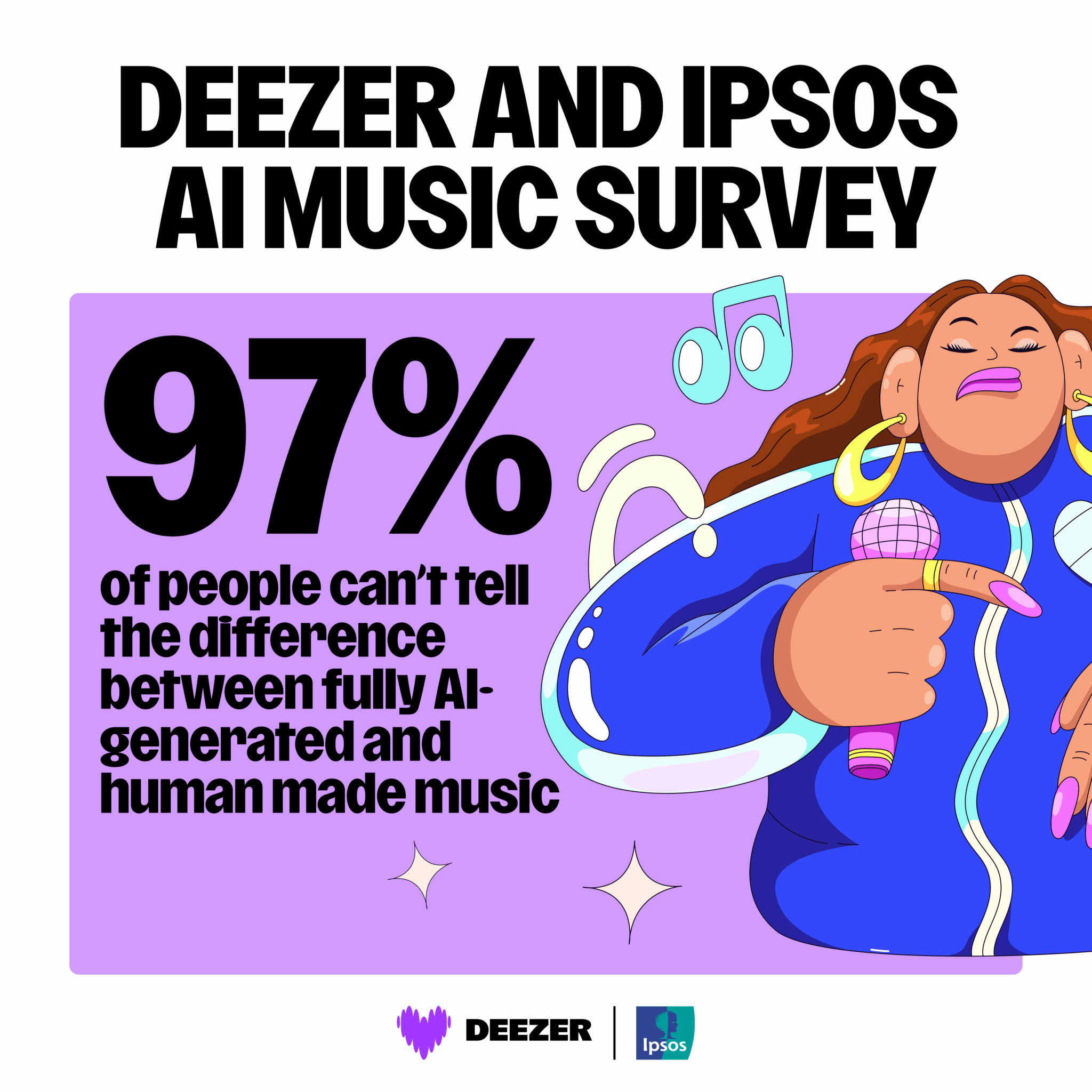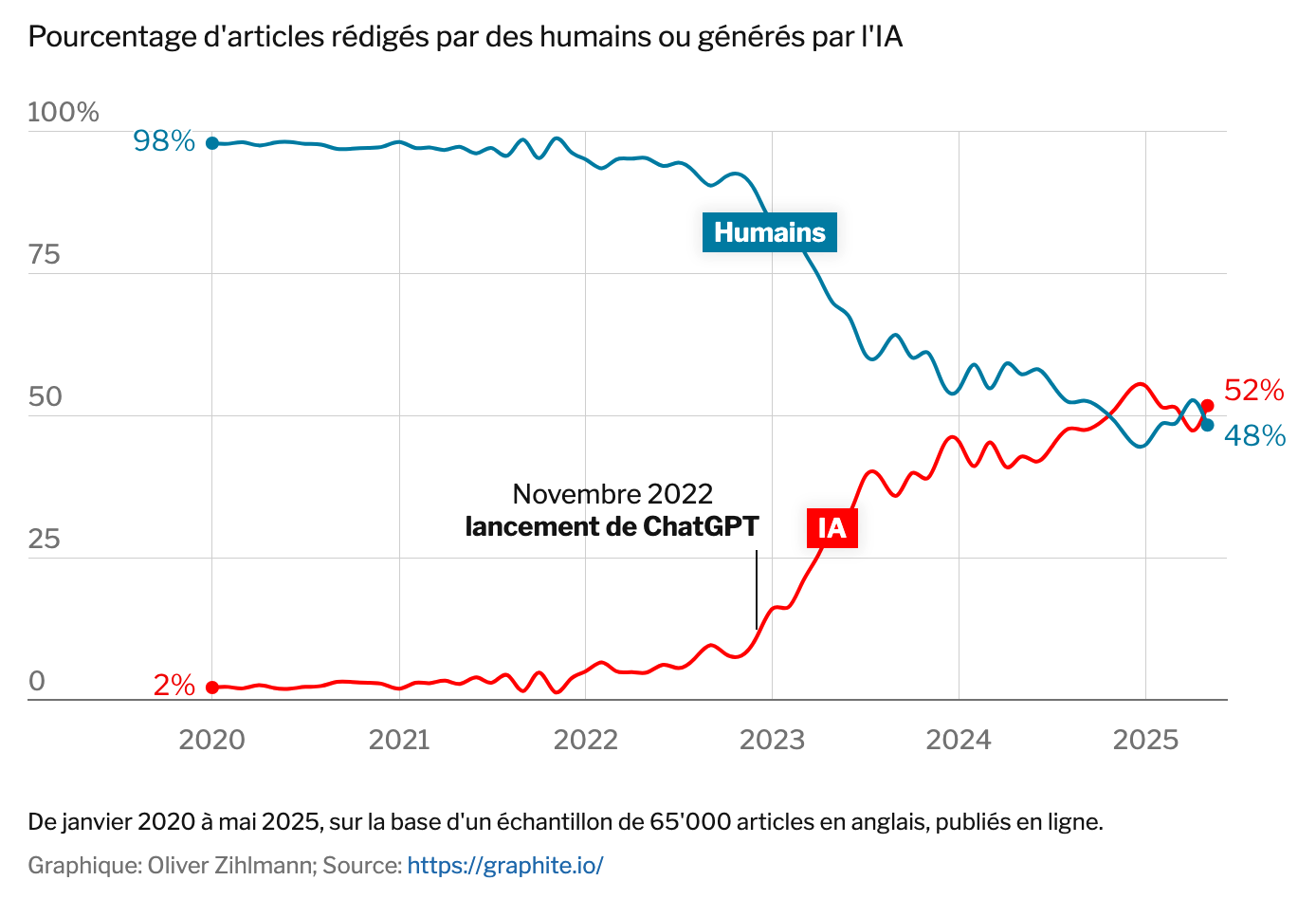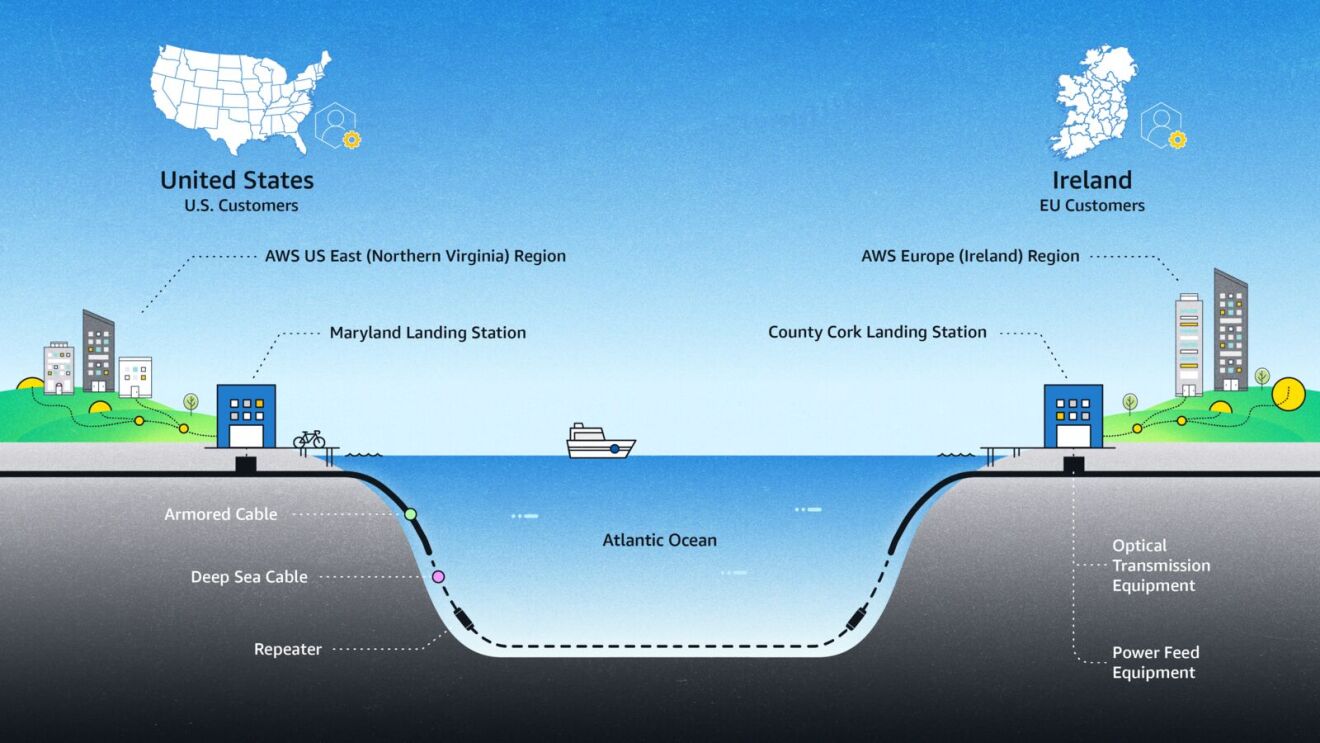
“Ralf Jox, médecin en soins palliatifs et éthicien au CHUV, à Lausanne, a participé à l’étude suisse de référence «La mort à l’ère numérique». Pour lui, ces technologies sont «à double tranchant». Il reconnaît des bénéfices potentiels, notamment à court terme.
«C’est assez séduisant de parler avec les morts, admet-il, parce que la mort reste quelque chose d’incompréhensible, un événement qu’on intègre difficilement. Dans ce contexte, quand on perd quelqu’un qu’on aime, avoir de tels outils à disposition, cela peut aider à vivre un peu mieux le deuil. Du moins à court terme.»
Pour la personne en fin de vie, cela peut aussi être un plus. «Savoir qu’une partie d’elle restera peut avoir un effet consolant et apaisant.» Cependant, selon Ralf Jox, les risques de ces technologiques seraient nombreux. Le premier étant d’ordre psychologique.
«À long terme, le recours à ces outils peut entraver le deuil. Le deuil est un travail de séparation et d’adaptation à une nouvelle vie et à de nouvelles relations sociales sans le défunt, voire un travail sur l’oubli.»
En maintenant une illusion de présence, les avatars du mort pourraient favoriser un «deuil pathologique», qui ne prend pas fin et maintient la personne dans une forme d’irréalité.”
Source : IA: quand l’intelligence artificielle fait parler les morts | 24 heures








